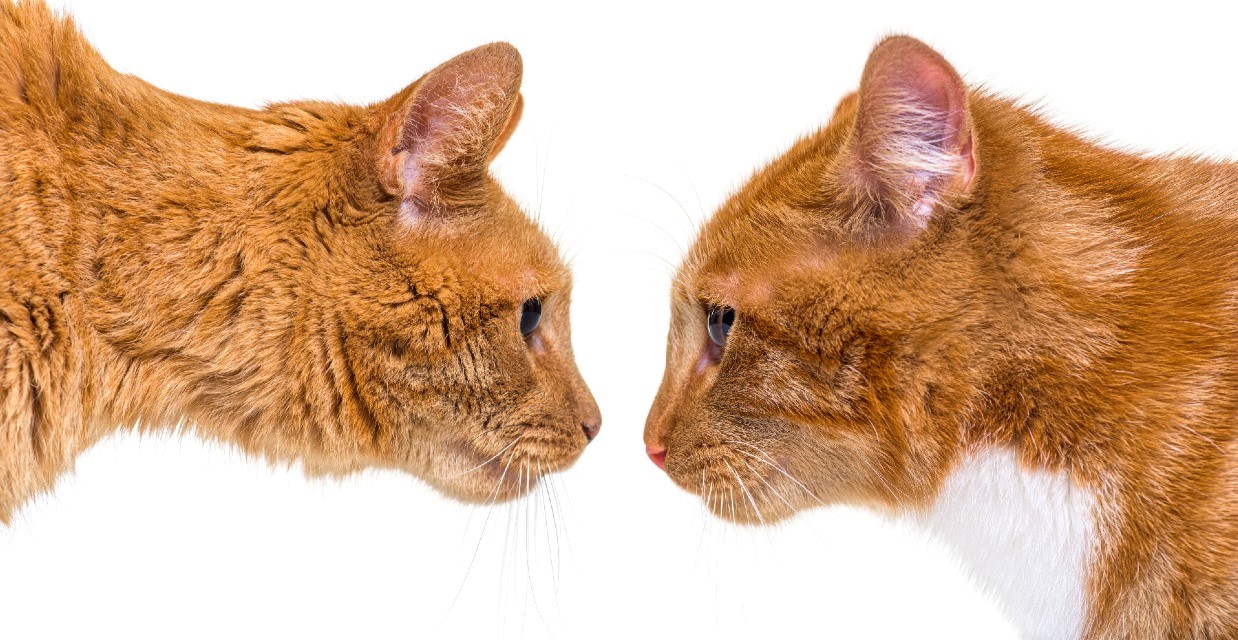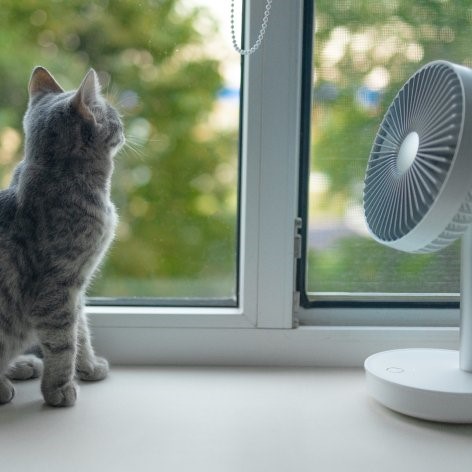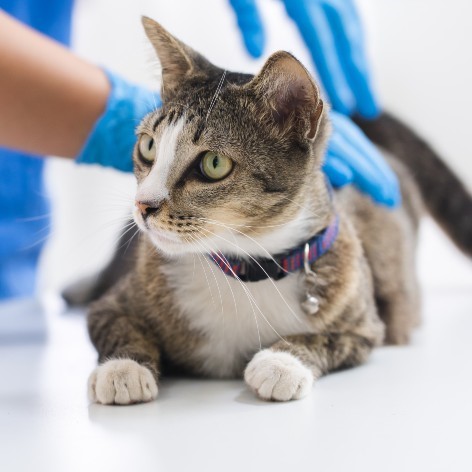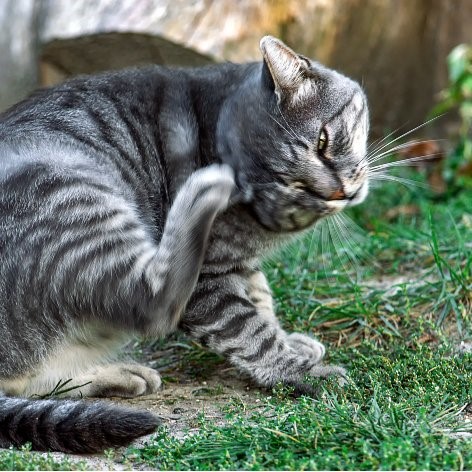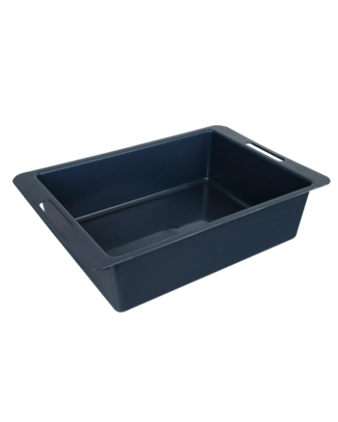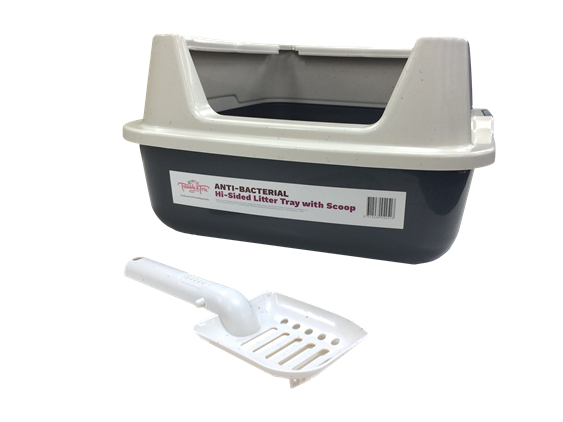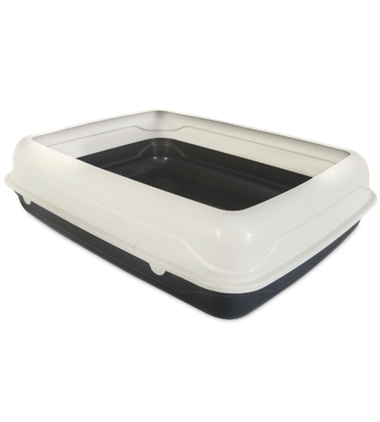Sometimes it’s difficult to tell if your cat is unwell and it’s quite common for animals to mask signs of illness. If your cat uses a litter tray, it’s important to keep an eye on their toileting habits and their urine and faeces as these can provide clues whether your cat is healthy, feeling unwell or suffering from a serious illness.
Changes in Urine
Changes in appearance or frequency of your cat’s urine could indicate a number of health issues. Common changes to urine that you might notice include:
1. Blood in the urine or on the litter
This could be due to a urinary tract infection (UTI), a bladder infection or other problem.
2. Change in Colour
Cat urine is typically light yellow and clear in colour. If you notice your cat’s urine is dark yellow, cloudy or pink, seek medical attention.
3. Stronger Smell
If you notice your cat’s urine smells stronger than usual it could indicate dehydration, kidney issues or a UTI.
4. Change in frequency
If your cat is visiting the litter tray more or less frequently to pee, they could have a UTI or be dehydrated.
Changes in Faeces
Most cats poo once each day, however this can vary depending on the individual cat. For example, kittens tend to poo more often than adult cats and old cats tend to poo less frequently. A change in the frequency, appearance or consistency of your cat’s poo can also indicate an underlying health issue.
Some common changes to look out for include:
1. Change in Colour
The usual colour for cat poo is medium to dark brown. Light brown or tan could indicate problems with the liver or pancreas. Whereas black poo could be a sign of internal bleeding.
2. Presence of Blood or Mucous
Red blood or mucous on your cat’s poo could indicate a digestive issue such as colitis and should be investigated by a vet.
3. Change in Consistency
Very soft stools or diarrhea can be caused by a change in diet, parasites, gastrointestinal disease, pancreatic disease and even cancer. Very hard poo can lead to constipation. This can be caused by a number of issues including dehydration, a change in diet, bowel obstruction or gastrointestinal disease.
4. Presence of non-food Items
If you notice pieces of string or fabric or other items in your cat’s poo your cat may have pica (the tendency to inject non-food items). Seeing excessive hair on your cat’s poo could indicate your cat is over-grooming.
5. Presence of Parasites
If you notice worms in your cat’s faeces, it may be due to recent worm treatment, if not, it’s time to worm your cat!
Behaviour changes when using the Litter Tray
If you notice your cat is straining when going to the toilet or that their behaviour has changed it could indicate they’re in pain or discomfort. Cats typically pee, on average, twice a day. Changes in their toileting frequency can also indicate a health issue.
If you notice any of the signs discussed here, the best course of action is to speak with your vet or make an appointment to see them. Although some small changes to toileting habits don’t necessarily mean there’s something wrong with your cat, it’s better to err on the side of caution and catch any potential health issues as early as possible.


